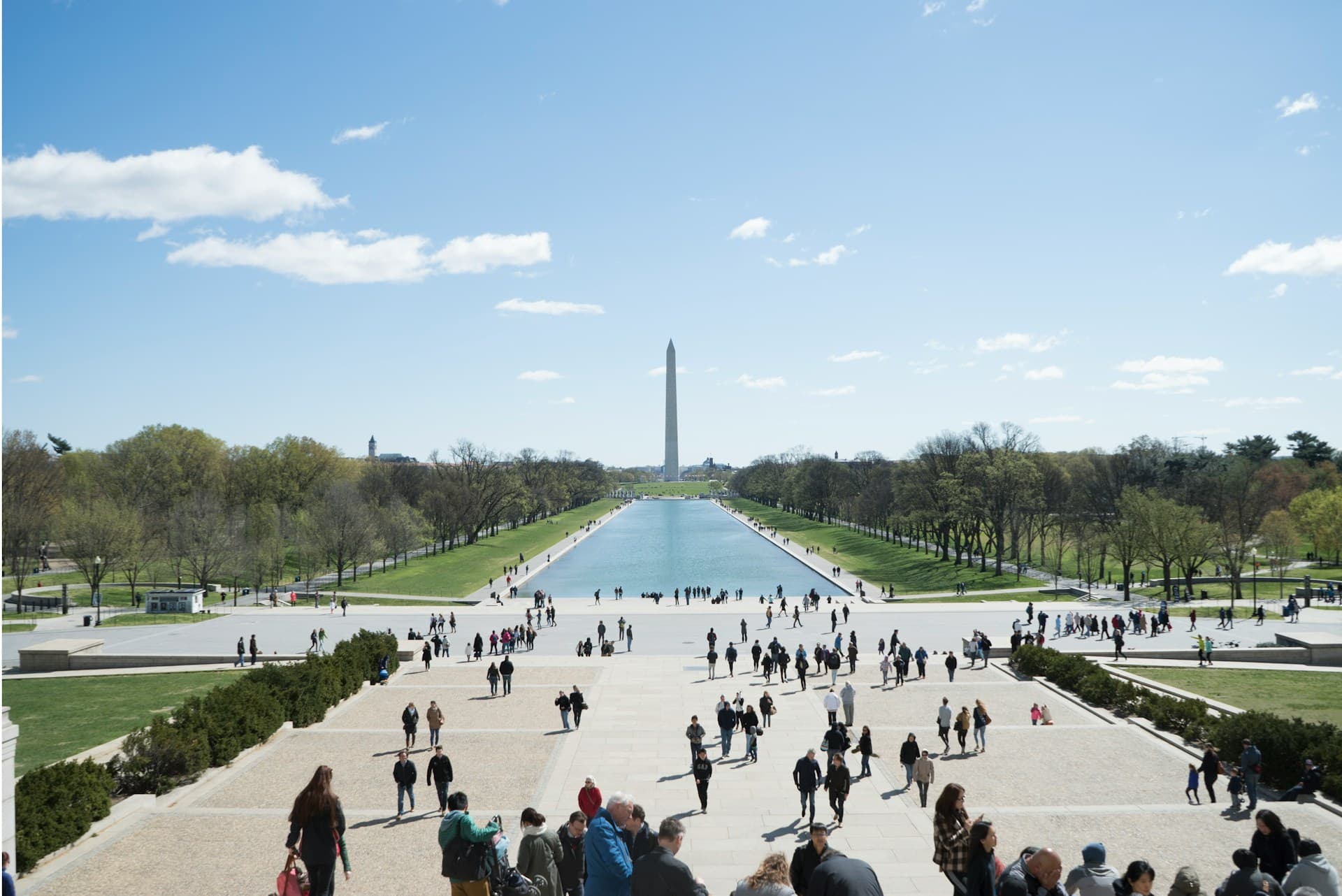Keystone XL Pipeline: Alternate Routes In the Works

On Wednesday, TransCanada, the company planning the controversial Keystone XL oil pipeline, submitted alternate routes for the project after much criticism over its possibly harmful environmental effects. The original plan mapped the pipeline through the Sand Hills region of Nebraska which is considered one of the most intricate wetland ecosystems in the United States. The wetlands are sourced by an aquifer which provides water to 8 states.
News of the alternate plans comes at the same time House Republicans passed the pipeline as part of a 90-day extension of surface transportation law. The vote passed, 293 to 127, on Wednesday. This marks the fifth time that the House has voted on the proposed pipeline.
The White House has threatened to veto language supporting the oil pipeline, but House Republicans remain determined. Last December, the President personally lobbied Senate Democrats to vote against the Keystone XL pipeline, and while the amendment ended up 4 votes short of passing, 11 Democratic senators still voted in support of it.
The president, backed by prominent environmental groups, has opposed the pipeline since his rejection of TransCanada Corporation’s permit for it in January. Now that the creators of the oil pipeline have proposed alternate routes, it seems more likely that President Obama will falter in his opposition and cave to House Republicans. From here, the future of the pipeline is in the hands of a conference committee, requiring only majority support in the Senate, to pass without the possibility of being amended.
Republicans have long pointed to job creation as one of the major merits of the pipeline, but a recent Cornell University Study has reported that the economic impacts of the pipeline would be negative for the states through which it would pass. TransCanada has claimed that the pipeline would produce 20,000 jobs. This differs greatly from the number of jobs the State Department reports will be created, which is only 20 permanent operating jobs across the six states through which it would run.
According to Salon:
“The already existing Keystone I pipeline, which runs 2,100 miles from Alberta to Illinois, began operating in 2010; in the two years since, 35 spills have occurred.”
This spill rate is 100 times the original projections presented by TransCanada. Oil spills, aside from being harmful to the environment, kill jobs. The states proposed to house the oil pipeline employ 571,000 agricultural workers, whose jobs could be impacted by oil spills.
Despite the debated economic benefits and the certain environmental damages, many agree that the question is not whether or not the Keystone XL pipeline will be built, but when.




